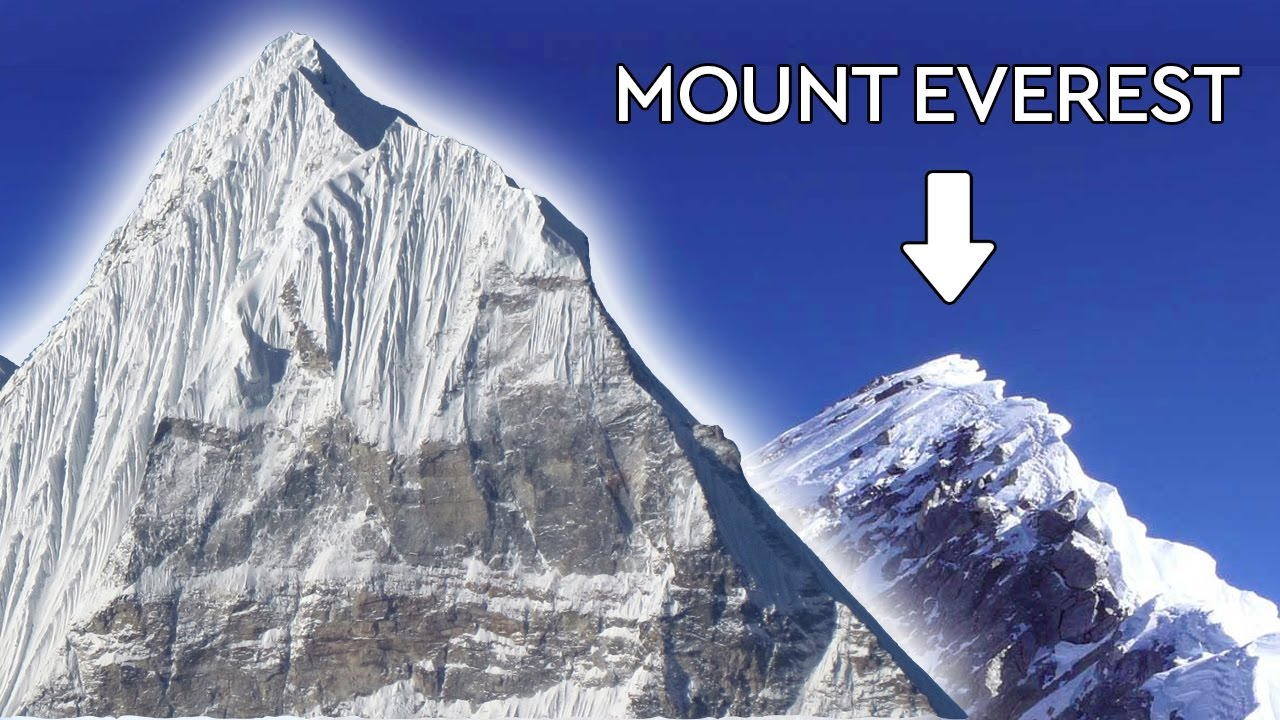Mountains have always been a source of fascination for humans, with their sheer size and beauty leaving us awestruck. Among all the mountains in the world, there is one that stands above the rest in terms of height – Mount Everest. In this article, we’ll take a closer look at this famous mountain and explore what makes it so special.
The Basics: What is Mount Everest?
Located on the border between Nepal and Tibet, Mount Everest is the highest mountain in the world. It stands at an impressive 29,029 feet (8,848 meters) tall, towering over the surrounding landscape. Known as Sagarmatha in Nepal and Chomolungma in Tibet, this mountain has captured the imagination of people all around the world.
The History of Mount Everest
Mount Everest has a rich history that dates back many years. The mountain was first measured by the British in 1856, who named it after Sir George Everest, the Surveyor General of India at the time. The first successful ascent of the mountain was made by Sir Edmund Hillary of New Zealand and Tenzing Norgay, a Sherpa from Nepal, on May 29, 1953. Since then, thousands of people have attempted to climb Mount Everest, with varying degrees of success.
The Geography of Mount Everest
Mount Everest is located in the Himalayan mountain range, which stretches across several countries in Asia. The mountain is part of the Mahalangur range, which includes several other peaks that are also over 8,000 meters tall. The area around Mount Everest is known for its rugged and unforgiving terrain, with steep cliffs and deep valleys.
Climbing Mount Everest
Climbing Mount Everest is no easy feat, and requires a great deal of training and preparation. The climb itself takes several weeks, and climbers must be prepared to face extreme weather conditions and altitude sickness. Despite the risks involved, thousands of people attempt to climb Mount Everest every year, with many doing so to raise money for charity or to fulfill a personal goal.
The Impact of Mount Everest
Mount Everest has had a significant impact on the surrounding region, both culturally and economically. The Sherpa people, who live in the area around the mountain, have a long history of guiding climbers and working as porters. In recent years, the growing popularity of Mount Everest has led to an increase in tourism, which has brought both benefits and challenges to the region.
The Future of Mount Everest
As interest in Mount Everest continues to grow, there are concerns about the impact that increased tourism and climbing activity could have on the mountain and the surrounding region. Efforts are being made to promote responsible tourism and to protect the fragile ecosystem of the Himalayas. At the same time, advances in technology and equipment are making it easier for climbers to attempt the ascent of Mount Everest.
Conclusion
Mount Everest is more than just a mountain – it is a symbol of human achievement and perseverance. From the first successful ascent in 1953 to the present day, this mountain has captured our imaginations and inspired us to push ourselves to new heights. Whether you’re a climber, a tourist, or simply an admirer of the natural world, Mount Everest is a mountain that is sure to leave a lasting impression.






